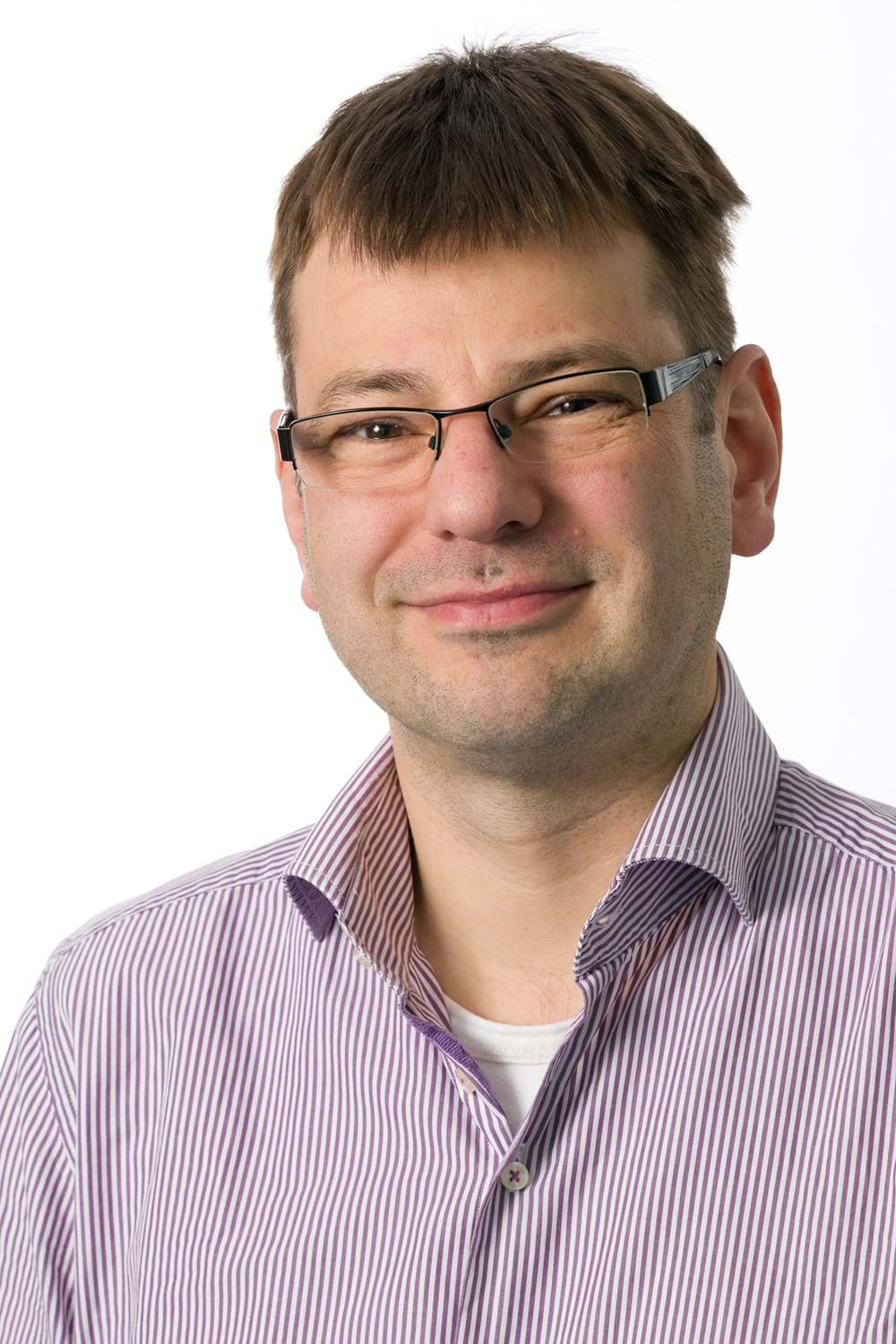The son of a horticulturist with a passion for technology. In 1997, Arjan van Antwerpen joined the advisory branch and since 2007, he has been managing director and specialist at DLVge. Arjan is an inspired technical advisor with knowledge and extensive experience. His specialties in greenhouse horticulture? Energy, heating, and spatial development. He just happened to find himself an expert in the field of energy. "I didn't wake up one-morning thinking: I need to be in the energy corner. Something like that grows over time."
We are curious how Arjan, with all his knowledge and experience, views the energy transition and energy management of greenhouse farming. We kick off with a question from Jeannette den Boer, with whom we had a conversation previously.
How do you think technology can contribute to a sustainable movement?
Arjan: "We cannot achieve sustainability without technology. The space around us is becoming scarcer, the population density is still increasing, and so is the desire for comfort and prosperity. Intensive cultivation must be carried out with high efficiency and with the least possible pressure on the environment. It requires innovative technology that makes more compact, cleaner, and better production possible and also enables the movement to produce more sustainably."

What is the biggest challenge faced by Dutch greenhouse horticulture in energy management?
Arjan: "The high energy prices are, of course, very topical right now. Therefore, a big challenge for many growers is; "How can I become more sustainable without losing my competitive position?" The government says that we must all reduce our usage of natural gas. How do you do that as a grower so that it remains affordable and the cultivation profitable? That is a challenge for many entrepreneurs. Meanwhile, the market is changing rapidly, and legislation and regulations are constantly evolving. It is difficult for growers to make choices. You have a certain point in mind when you invest, such as the payback period. If your prerequisites are constantly being adjusted due to changing allowances and subsidies, that is extremely difficult. For example, several growers switched to electrical solutions a while back until the energy tax on electricity went up. Now gas is costly again. And so growers continue to search for the best sustainable and profitable solution."
"On one hand, as a grower, you have to deal with the short term, i.e., the daily business. And on the other hand, in the long term: what am I investing in for the future? What will my energy mix be? When you look at sustainability, there is no single solution. What you saw in the past, when I started, was that everybody placed a condenser behind their boiler in ancient times. That was more or less the same for everyone, maddeningly. Now solutions are much more specific per grower, per situation. There is no single sustainable solution that works for everyone. For some, a heat pump will work, while others can connect to residual heat from nearby industry."
Thesis: Sustainable cultivation is within reach for every grower.
Arjan: "No, it is certainly not within reach for everyone. Sustainable techniques make high demands on operational management and installations. That is not feasible for everyone."
How far is Dutch greenhouse horticulture in the energy transition compared to other countries or sectors?
Arjan: "Difficult question and difficult to make that comparison. In recent years, we in greenhouse horticulture have paid a lot of attention to the amount of energy required per product. Major steps have also been taken in water consumption and recirculation. But I don't know how that compares with other countries or sectors. What I do know is that the greenhouse horticulture sector is not conservative. If you look at how much has changed in recent years, you’ll see that the sector is moving along and is progressive in new developments and adopting new techniques."
Thesis: By 2040, the entire greenhouse horticulture sector will be growing CO2-neutral. (ambition of Glastuinbouw Nederland)
Arjan: "A brilliant ambition, that's for sure. It won't be easy if I look at how things are going now. Energy prices are rising, and materials (raw materials) are becoming more expensive. The product prices will have to go up to remain profitable. The question then arises about how much money growers will have to invest in sustainability. Investment in the long term, because costs often don't drop immediately."
"But that the ambition is there, that's good. We all have to move in a certain direction. So having a goal in mind is good. If the external circumstances (the market and environment) become more favorable, things can suddenly move fast. We shouldn't let our heads hang in the balance."
Are Dutch laws and regulations conducive or, on the contrary, obstructive to the energy transition of greenhouse horticulture?
Arjan answers, "A little bit of both. If you look at subsidy schemes to do things, incentives are often behind the times. That has a delaying effect. On the other hand, you need goals such as 'we must stop using natural gas' as a catalyst to get somewhere. It functions as a dot on the horizon that gives us a direction. That is a good thing. It would be nice if there were clearer lines in the policy to get there—policy certainty. The current laws and regulations are far too reactive, in my opinion. I advocate a policy that works towards a certain vision, but that seems to be becoming an exception. More value is placed on the delusion of the day. And that doesn't always, or often doesn't, work in our favor."